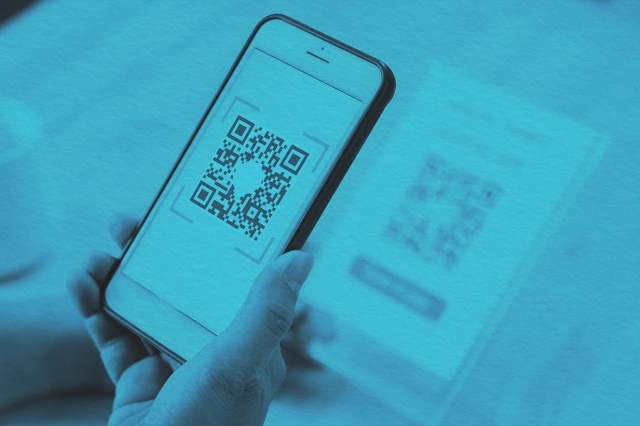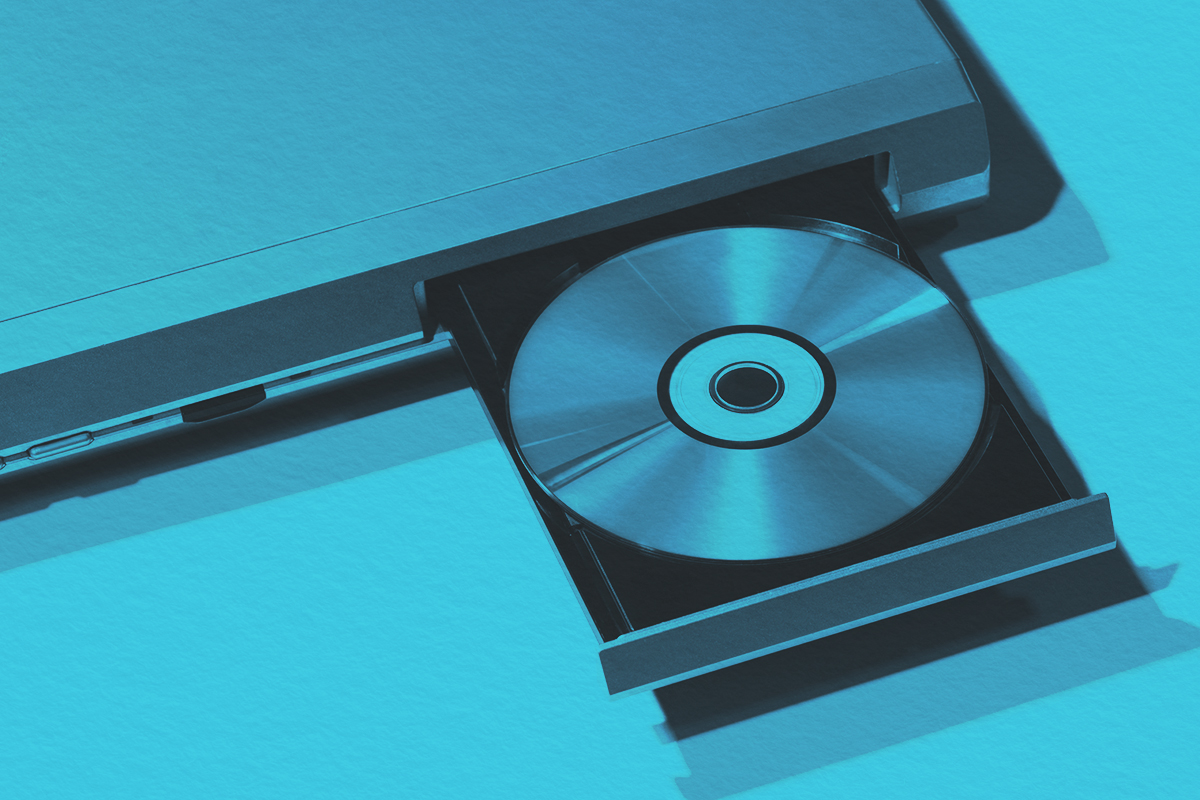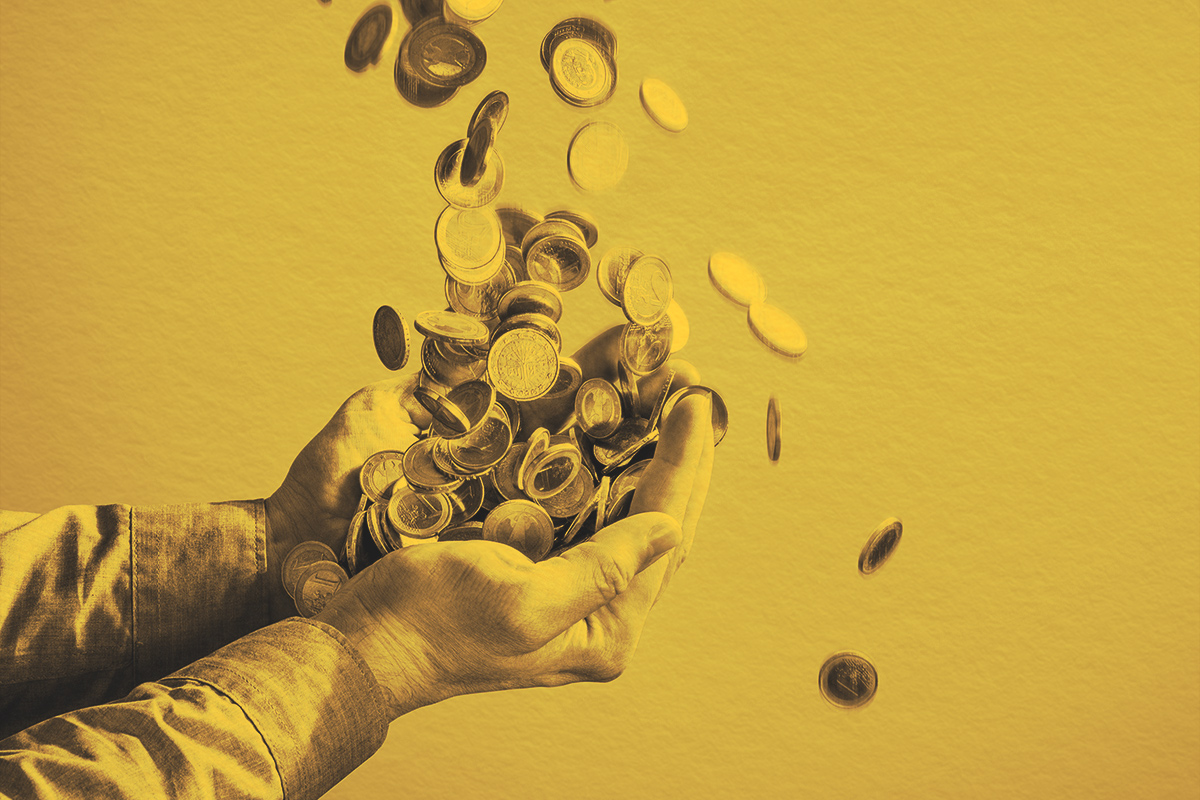
I admit that QR codes were once a puzzling concept — an intriguing but seemingly unnecessary tool. That changed in 2020 when technology became a lifeline for everyone amid the COVID-19 pandemic. The social-distancing practices enacted during that time meant learning new ways to navigate daily life, and QR codes became an indispensable tool for businesses and institutions. The square-shaped, black-and-white codes are scanned using a smartphone or tablet camera, providing instant access to restaurant menus, appointment check-ins, product details, and more. Their versatility and convenience have made the codes essential to our “new normal,” persisting long after many social-distancing practices have faded. But what does “QR” stand for, and where did these codes come from?
The answer to the first question is simple — “QR” is an initialism for “quick response” — but the answer to the second is a little more involved. The QR code story begins in the 1990s, when Japanese car engineer Masahiro Hara faced a significant limitation: traditional barcodes stored only 20 characters of data, and printing multiple barcodes on packaging was increasingly inefficient. Determined to create a more effective barcode, Hara set out to innovate.
Hara drew inspiration from the board game Go, which features black and white playing pieces on a square grid. His invention, a more sophisticated version of the traditional barcode, was markedly different from antiquated horizontal barcodes, because his design stored information both horizontally and vertically in a square grid, holding up to 2,953 bytes of data or 7,089 numeric characters. In comparison, UPCs (Universal Product Codes), commonly found on products in North America, are limited to just 12 numeric characters.
Hara’s invention, dubbed “quick response codes,” debuted in 1994 but struggled to gain consumer popularity. This perception shifted during the COVID-19 pandemic. Suddenly, QR codes were an efficient way to order food, complete forms, and pay bills from your own device, without exchanging physical contact. When asked about his invention’s impact during the pandemic, Hara remarked, “I’m really pleased that it’s been used to help improve people’s safety. Back in 1994 we were focused on its use in the economy… we never thought it would be used for something like this.”
It seems that QR codes are here to stay, but something new could be on the horizon. In 2023, Hara announced he was working on a new version of the QR code that could store more information through the inclusion of color. As a QR code convert, I’m looking forward to it.




















